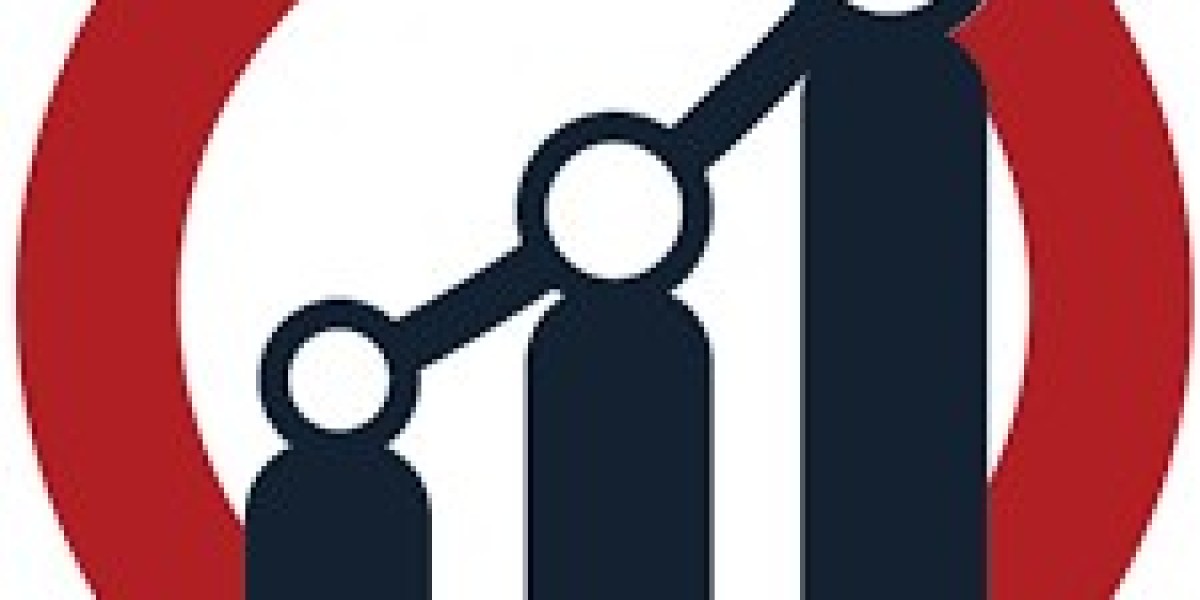Digital Pens: Bridging the Gap Between Analog and Digital Creativity
In the evolving landscape of digital transformation, the digital pen has emerged as a powerful tool that blends the familiarity of handwriting with the efficiency of digital technology. From creative professionals and students to business executives, digital pens are revolutionizing how we capture, annotate, and share information seamlessly.
This hybrid device not only preserves the natural feel of writing on paper but also offers advanced features that boost productivity, creativity, and collaboration.
What Is a Digital Pen?
A digital pen is an electronic writing instrument that captures handwriting or drawing data and transmits it to a digital device such as a tablet, smartphone, or computer. Unlike traditional styluses, digital pens often include pressure sensitivity, tilt detection, and sometimes embedded sensors to replicate the nuances of ink on paper digitally.
Key Features
✍️ Pressure Sensitivity: Enables natural variations in line thickness
? Tilt Recognition: Allows shading and brush-like effects
?️ Palm Rejection: Lets users rest their hand on the screen without interference
? Wireless Connectivity: Bluetooth or USB for easy pairing
? Real-Time Digitization: Instant conversion of handwritten notes to editable text
?️ Compatibility: Works with a range of devices and note-taking apps
? Rechargeable Batteries: Long-lasting usage with quick charging options
Applications Across Fields
Education
Interactive learning and note-taking
Facilitates digital homework and assignments
Enhances remote and hybrid learning experiences
Creative Arts & Design
Sketching, drawing, and painting with digital precision
Architects and designers use for conceptual drafts
Graphic artists integrate with design software
Business & Professional Use
Digital signatures for contracts and approvals
Annotating documents during meetings
Streamlined workflows with handwritten-to-text conversion
Healthcare
Electronic medical records with handwritten input
Improved documentation accuracy
Patient chart annotations
Benefits
? Enhanced Productivity: Faster, more intuitive digital input
? Natural Writing Experience: Closer to pen-and-paper feel than a stylus
? Easy Sharing & Collaboration: Instantly share notes and drawings digitally
♻️ Eco-Friendly: Reduces paper usage and physical storage
? Versatility: Compatible with multiple platforms and software
Challenges
⚙️ Device Compatibility: Not all digital pens work across every device
? Battery Dependence: Requires regular charging or battery replacement
? Cost: High-end pens can be expensive
? Learning Curve: Users may need time to adapt to digital input nuances
Market Trends and Future Outlook
The digital pen market is expanding rapidly alongside the growth of tablets, hybrid laptops, and digital note-taking apps. Innovations such as AI-powered handwriting recognition, haptic feedback, and cloud-based collaboration are pushing digital pens into new use cases.
The rise of remote work and digital classrooms is also fueling demand for tools that combine flexibility with natural input methods.








